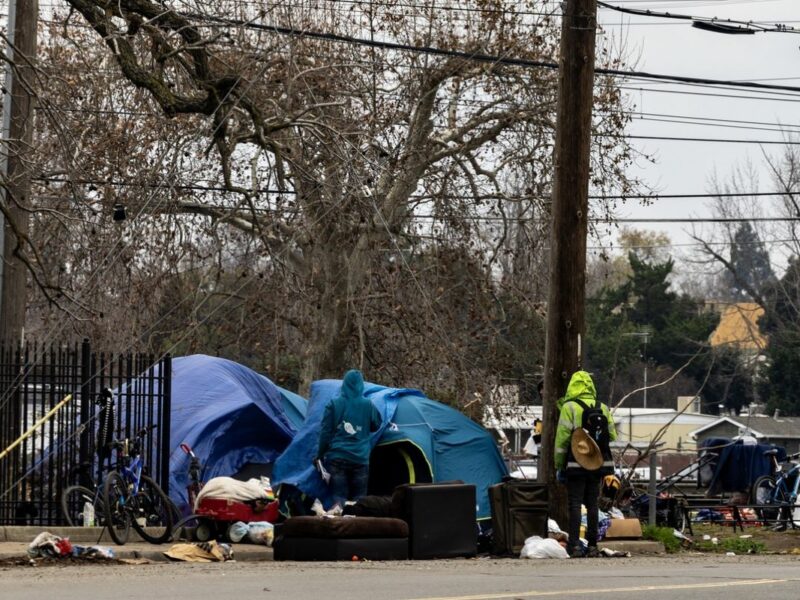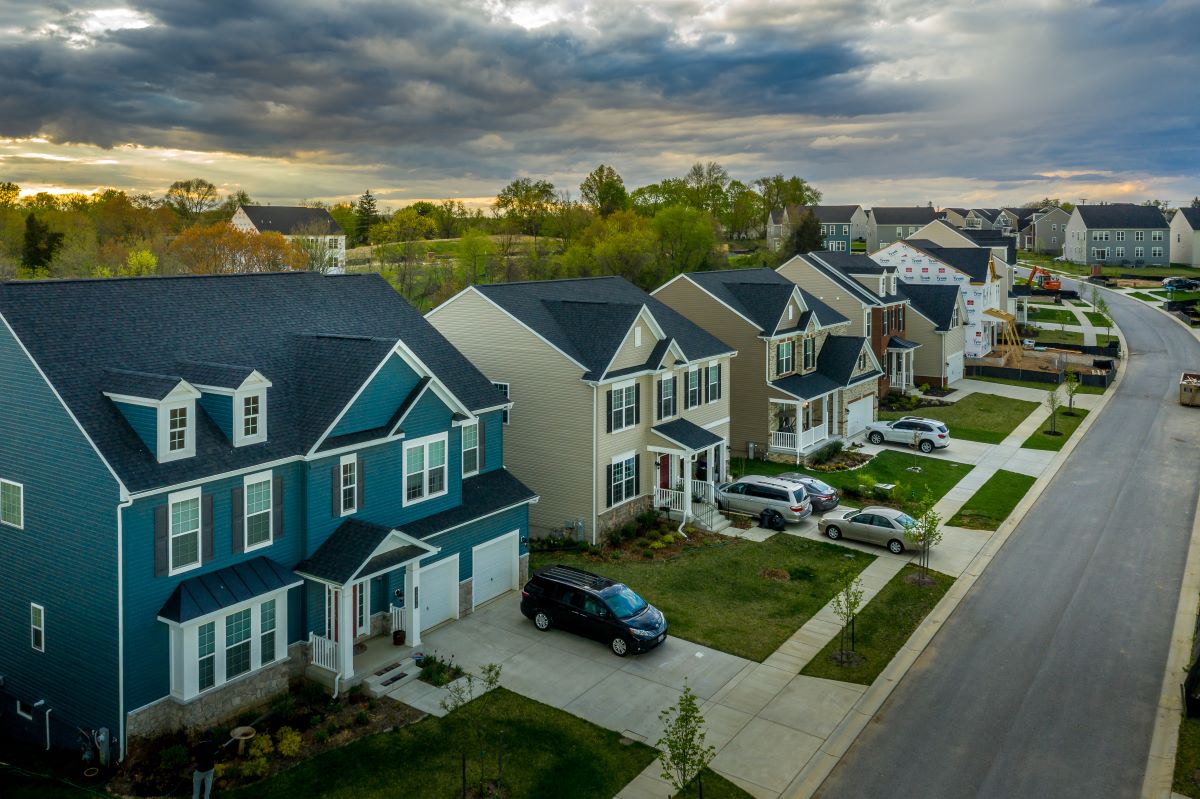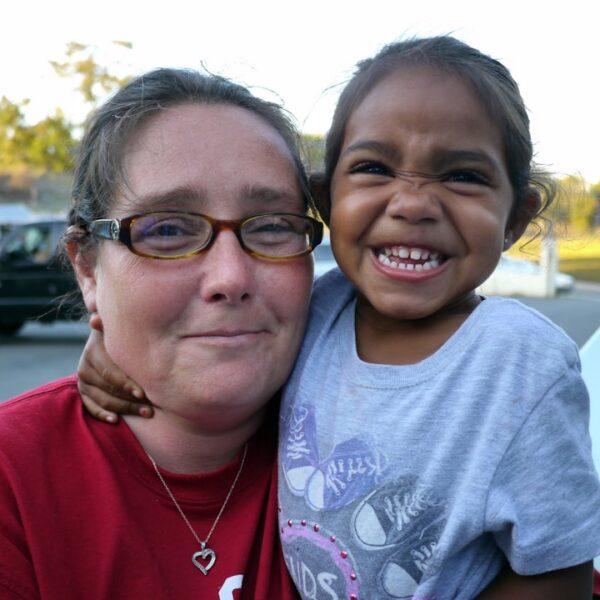Maryland officials need to “rethink” their approach to housing policy to prevent “creeping segregation” from further deteriorating its stock of affordable housing, according to a report from the National Community Reinvestment Coalition, an economic policy nonprofit.
The report calls on local officials in Columbia, Maryland, to “rediscover their predecessors’ dedication to middle-income affordability” and promote housing development. It also suggests federal housing policies may need revamping to promote more equitable housing development.
“A central lesson of Columbia is that even racially progressive policies at the early stages of community development – and in the marketing of Columbia as an idea and a development opportunity – have not compensated for the focus on higher income residential development and later decisions disfavoring the construction of multifamily and more affordable rentals,” the report concludes.
Columbia—a city of about 104,000 people that sits halfway between Washington, D.C. and Baltimore—was built in the 1960s by developer James Rouse, who wanted the city to be a place that would be a nationwide model for interracial diversity in urban development.
The city was built during the civil rights and fair housing movements, both of which greatly influenced the aims of the new community, according to the report. For example, the report says Columbia had no racial covenants, and buyers were not steered to the community based on their race.
This starkly contrasts other prominent planned communities like Levittown, a racially segregated community built with the financial backing of the Department of Veteran Affairs and the Federal Housing Administration.
Rouse also aimed to make Columbia a “complete and balanced community,” providing a “broad range of opportunities for housing, employment, and cultural and recreational facilities.” It adds that Rouse wanted to give Columbia “the best possible environment” to promote the well-being of the city’s residents.
However, Columbia has seemingly been unable to protect its history of racial and ethnic inclusion for multiple reasons.
First, the report said Columbia had become increasingly segregated after the last two villages were constructed in the community—Dorseys Search and River Hill—between the 1980s and 1990s.
The report found that the Black population in both Dorseys Search and River Hill measure in the single digits despite making up as much as 35% of the population in other Columbia villages. Meanwhile, the median home price in River Hill is over $700,000, which the report says is a “far cry” from what most Black residents in Columbia can afford.
At the same time, a 2011 analysis of these demographic trends published by Mullin and Lonergan Associates, a community development consulting firm, warned lawmakers about Columbia’s increasing segregation. But lawmakers failed to pass a “prompt, effective policy” to address those issues.
“These are troubling trends which require a rethinking of policy at the local level and even at the federal level,” according to the report.
Columbia’s struggles are not unlike other cities that are struggling to meet their affordable housing goals.
San Francisco is one progressive city that fits this mold. The city aims to build 46,000 affordable units over the next eight years, a goal that Mayor London Breed estimated in March will cost about $14 billion to meet.
To that end, Breed has signed legislation providing additional funding for necessary infrastructure upgrades that promote housing development. She also convened an affordable housing task force to explore new ways to leverage state and local resources for housing construction.
“By removing barriers to building new housing, and by rezoning neighborhoods across our entire city, we can create more housing, including affordable housing,” Breed wrote in a blog post in March.
But those efforts have not yet had the impact that residents are hoping for. Last year, San Francisco completed just 1,205 affordable housing units, representing a 20% decrease from 2021, according to the San Francisco Chronicle. That total is also 2.5% below San Francisco’s five-year average of building 1,228 affordable units annually.
“The fundamental public policy issues remain acute: We still don’t have enough housing for the people who want to live here,” Michael Cohen, a partner with Strada Investment Group, a real estate development company, told The Chronicle. “When we look forward to when the building will be completed, we think there will be little to no inventory delivered around that time.”
How You Can Help
The pandemic proved that we need to rethink housing in the U.S. It also showed that we need to increase the supply of affordable housing. Experts agree that building housing is the best way to end homelessness once and for all.
Demand your representatives support keeping many of the pandemic-related aid programs in place for future use. They have proven effective at keeping people housed, which is the first step to ending homelessness.













